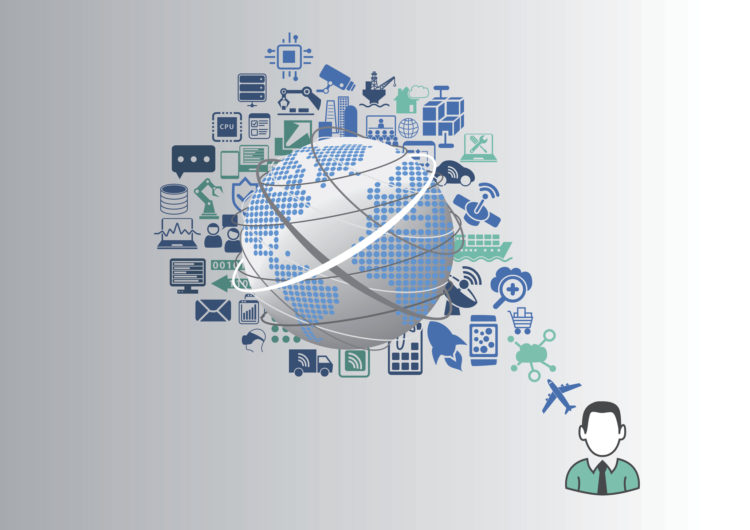IoT is already growing quickly, and edge computing is rapidly becoming a major trend. But in my opinion, what will really light a fire under both is the consumerization of IoT.
IoT is, of course, a growing trend in enterprises, and in industry. In fact, in IT circles, the discussion is mostly about Industrial IoT (IIoT), and the increased connectedness and automation of plant and industrial things. And the conversion of operational technologies (OT) to IT has been taking place for, well, decades.
While growing rapidly, IoT has also been a story of snowflakes – unique, custom deployments – rather than snowballs – replicatable, volume markets. There are so many use cases and requirements that vary wildly.
Similarly, edge computing is discussed in IT circles primarily as compute capability to support IIoT. But I’m seeing a major interest in organizations that primarily interact with consumers in requirements for edge computing that are more about enabling real-time, immersive experiences for people. This is why I’ve talked about edge computing being driven not simply by things (and IoT), but also by people (and immersive technologies, real-time experiences). And overall, by a drive for businesses to fully converge physical and digital as they become digital businesses.
Consumerization of IT is a term that describes how technologies emerge and grow first in the consumer market, and then spread to enterprises. I think we will see the same phenomenon in IoT and immersive technologies. In one year alone (Q42016 to Q42017), shipments of intelligent speakers from Amazon and Google grew by nearly a factor of four. The home IoT market will be a very, very big snowball. VR headset sales are growing at a compound annual growth rate of more than 50%.
While IIoT is an important and major segment of the IoT and edge computing markets, I believe the factor that will really push more digital and physical convergence, the evolution of digital business, the growth of IoT, and the explosion of edge computing, will be the consumer. Consumer experiences at home will guide what consumers expect in online shopping (I want to try that on virtually, first – I want to see that in 3-D, first), at the store (if I am going to be in the store physically, I want a richer experience), and in the workplace (why can’t I control my environment at the office like I do at home – and why can’t I carry my workplace equipment with me virtually, home). Video gaming, entertainment, and generational changes in expectations for speed (that we saw with e-commerce and the internet in general) will change expectations of customers, employees, and partners.
I’ve certainly been infected with the IoT bug. In a few months, I’ve gotten rid of cable boxes, and TV remotes. I turn on and off the television and the lights by voice. My expectations in the home have changed – and I want more, and faster, and more connected. I’ve experimented with AR and VR, and I can’t wait to leverage these technologies for more than entertainment – as a part of my knowledge worker environment, and as tools to drive richer collaboration.
The consumerization of IoT will help the IoT and edge computing markets explode over the next few years. Just like how mobile computing and smartphones changed the enterprise, enterprise IT will react to demand for IoT and immersive experiences, rather than drive demand. It’s time to decide – lead, or follow?
Thomas Bittman is a vice president and distinguished analyst with Gartner Research
This article first appeared on Gartner website





